Flow Resin Antiskid sand for epoxy can be used in several ways. The different uses are explained below. For an even anti-slip finish on a floor coating, such as the Flow Resin Epoxy Floor Coating PRO, the anti-slip granules can be mixed directly through the epoxy. This is then applied scraping and then rolled.
If even distribution is less important, or if you want to work faster and be able to spread accurately, you can also sprinkle the anti-slip granules onto the wet epoxy primer. Then the floor coating is poured and then rolled on.
Consumption
The maximum dosage is 10% of the weight of the epoxy. Thus, for 10 kg of epoxy, a maximum of 1 kg of antiskid may be added. There is no minimum, but the less you use, the lower the antiskid effect. Usually 8% to 10% is applied.
Extreme anti-slip and resistant to point loads
For applications with high antiskid requirements, such as parking garages, car washes or slaughterhouses, Flow Resin Heavy Duty Antiskid is often chosen. This is sprinkled in immediately after the primer is applied.
Applying anti-slip lines
For safe lines in warehouses, for example, with Flow Resin Epoxy Line Paint, first apply a thin coat of paint. Sprinkle anti-slip granules into this, let it dry, vacuum away the excess sand and then apply a second coat of lineation paint. This will also make the lines anti-slip.
Making Flow Resin EP Cast Flooring Industry Non-Skid
In an epoxy screed, a thick layer of epoxy is poured. If anti-slip is mixed into this, it sinks to the bottom and does not work. Therefore, for an anti-slip finish, a matte Flow Resin PU Transparent Topcoat or Flow Resin PU Colored Topcoat is used, into which Flow Resin Anti-slip for Polyurethane is mixed.

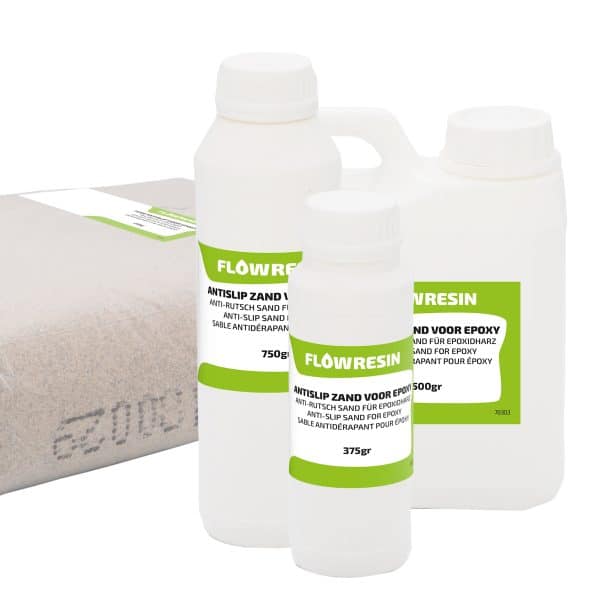
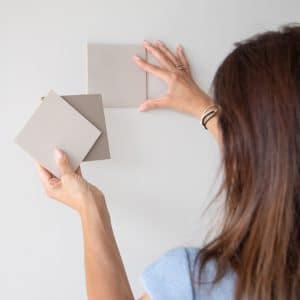
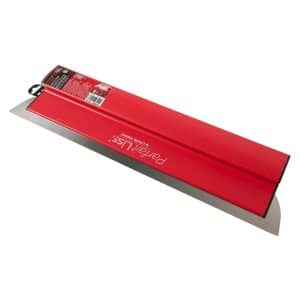
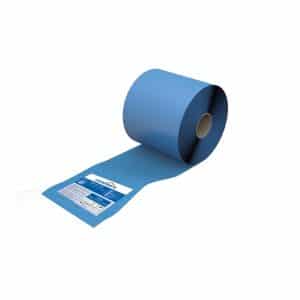
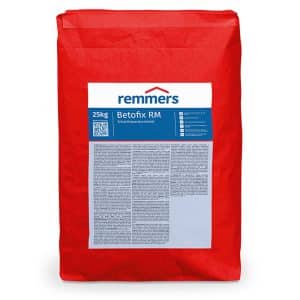
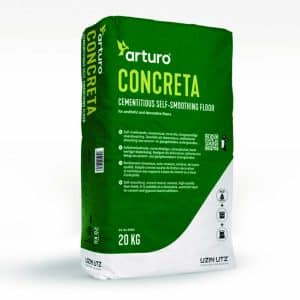
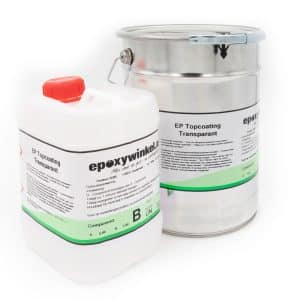
Reviews
There are no reviews yet.